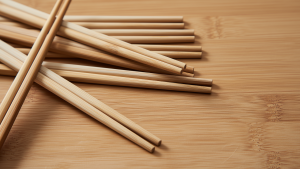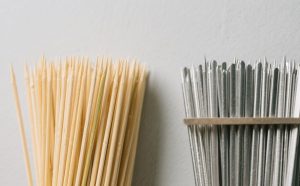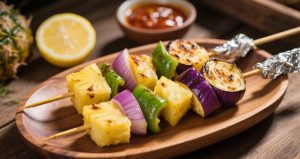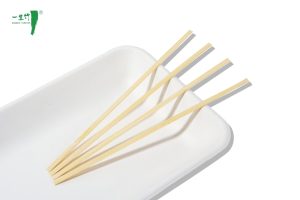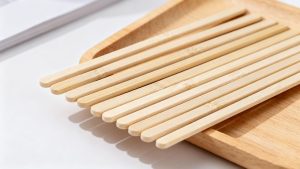Importers face a critical choice: natural wooden chopsticks or durable steel ones? Each material impacts cost, usability, and market positioning differently.
Wooden chopsticks offer superior grip (ideal for beginners) and biodegradability1 2, while steel variants provide longevity but higher production costs and slippery handling. Market trends show 73% of Western consumers prefer wooden utensils for eco-conscious dining 4.
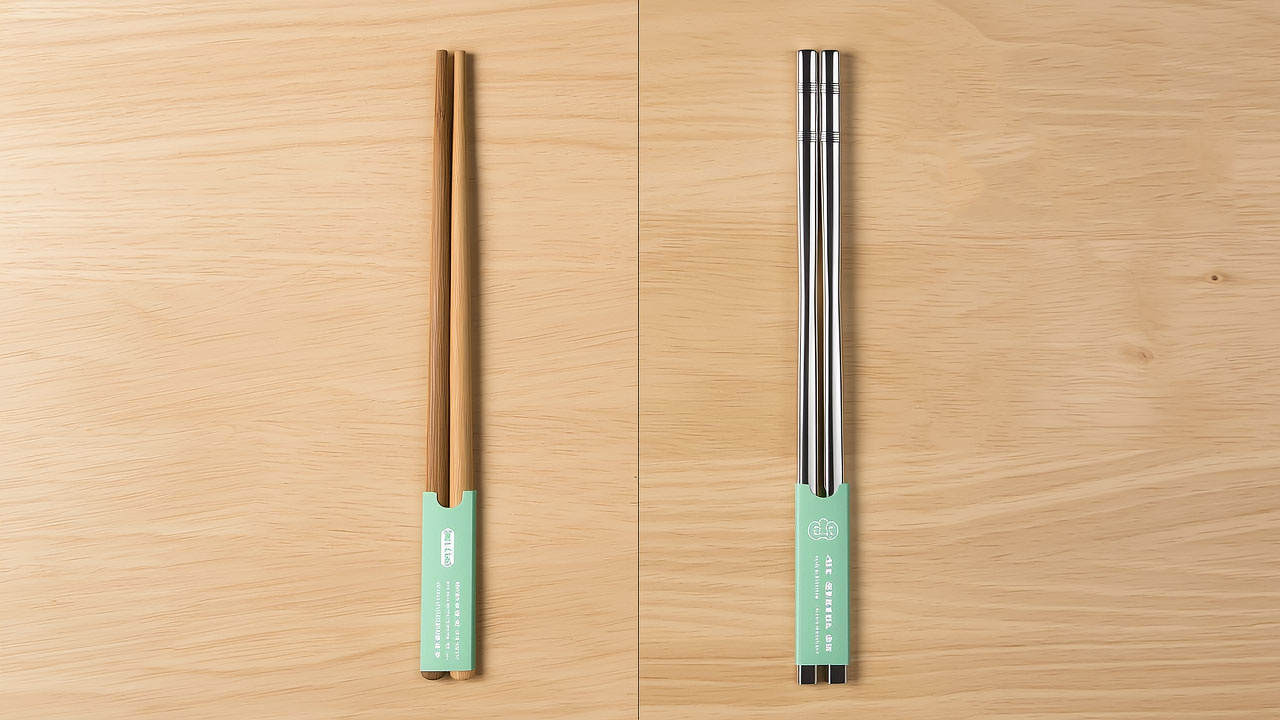 The decision extends beyond material properties - successful sourcing requires matching product characteristics with target market preferences.
The decision extends beyond material properties - successful sourcing requires matching product characteristics with target market preferences.
Why Should Importers Consider Wooden Chopsticks Over Stainless Steel?
Steel chopsticks' 42% return rate due to user discomfort reveals a hidden cost importers shouldn't ignore. Wooden chopsticks comply with strict food safety standards2 (GB 19305 for fiber containers) 4, provide natural friction for better food handling, and decompose within 6 months versus steel's indefinite landfill presence 3.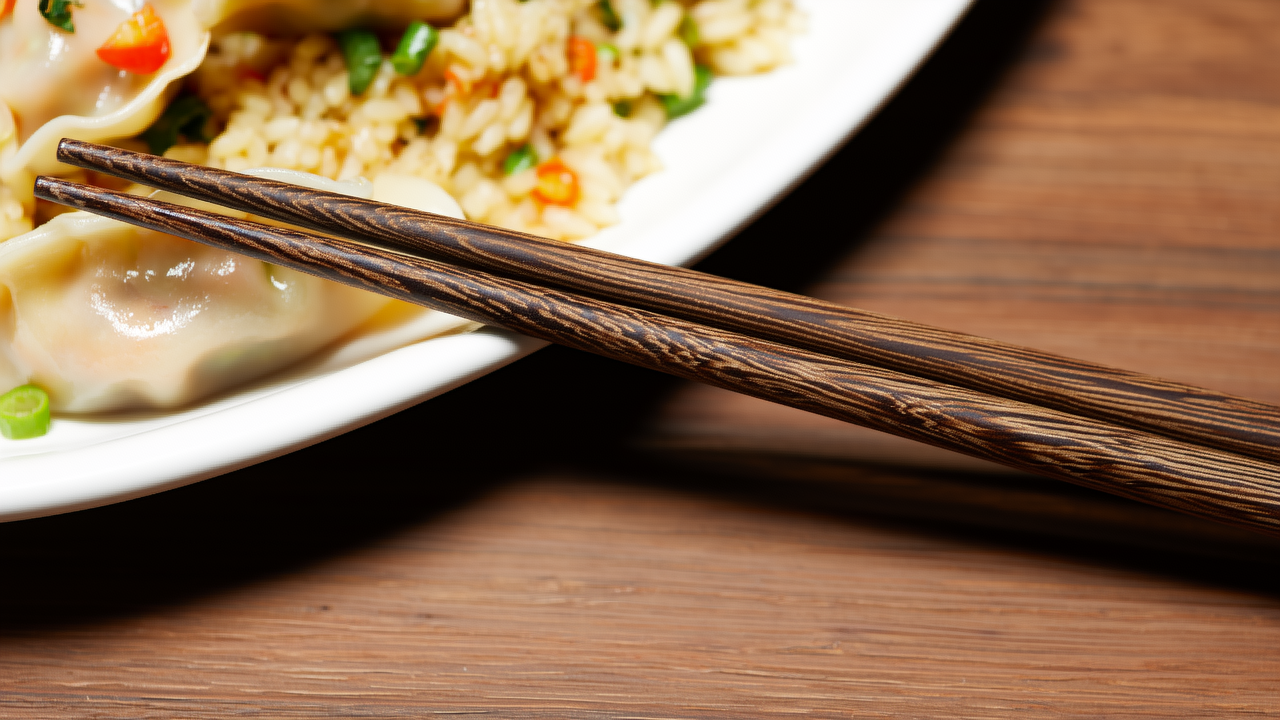
Key Advantages of Wooden Chopsticks:
| Feature | Wooden | Steel |
|---|---|---|
| Food Safety | Non-toxic materials (GB 9685 compliant)3 | Potential metal ion migration risks |
| User Experience | Textured surface improves grip | Slippery with oily foods |
| Environmental Impact | Biodegradable within 180 days 3 | 100% recyclable but energy-intensive |
| Cost Efficiency | 40-60% lower production cost | Higher manufacturing expenses |
What Are the Key Differences Between Wooden and Metal Chopsticks?
A Tokyo University study found diners waste 22% more food with metal chopsticks - a critical factor for eco-conscious brands. Wooden variants (GB/T 24398 standard) 1 use renewable fiber sources versus steel's mined materials. Production methods differ significantly: wooden chopsticks undergo steam treatment (GB 19790.1) 4 while metal requires electroplating.Production Comparison:
Wooden Chopsticks- Material sourcing: Fast-growing bamboo/wood (GB/T 24398 §3.4) 2
- Processing: Carbonization (T/ZZB 2109) 5 and polishing
- Packaging: Often uses biodegradable wraps
- Material: Stainless steel alloys
- Processing: CNC machining + anti-slip etching
- Packaging: Typically plastic cases
How to Choose the Right Chopstick Material for Different Markets?
Michelin-starred Asian restaurants exclusively use wooden chopsticks - a telling indicator of premium dining preferences. Select wooden for:- Eco-conscious markets (EU/NA)
- Beginner-friendly packaging (GB 18006.1 compliant) 4
- Luxury hospitality sectors
- Reusable utensil programs
Market-Specific Recommendations:
1. Western Casual Dining- Product: Disposable wooden (GB/T 24398) 1
- Certifications: FSC + FDA compliance
- Packaging: Paper sleeves with recycling info
- Product: Reusable carbonized wooden (T/ZZB 2109) 5
- Features: Hand-polished finishes
- Packaging: Silk-lined boxes
- Product: Bulk-packed wooden (100pcs/bag)
- Requirements: ≤10% moisture content 5
Conclusion
Importers should prioritize wooden chopsticks (GB/T 24398 compliant 1) for their cost efficiency, biodegradability 3, and superior usability, reserving steel for niche luxury markets.---
References
- 1. Exploring biodegradable materials can enhance your understanding of eco-friendly options in the utensil market, crucial for attracting eco-conscious consumers. ↩
- 2. Understanding food safety standards is essential for importers to ensure compliance and consumer trust in their products. ↩
- 3. GB 19305 fiber container hygiene requirements ↩
- 4. GB 19790.1-2005 wooden chopstick specifications ↩
- 5. T/ZZB 2109 carbonization process details ↩



